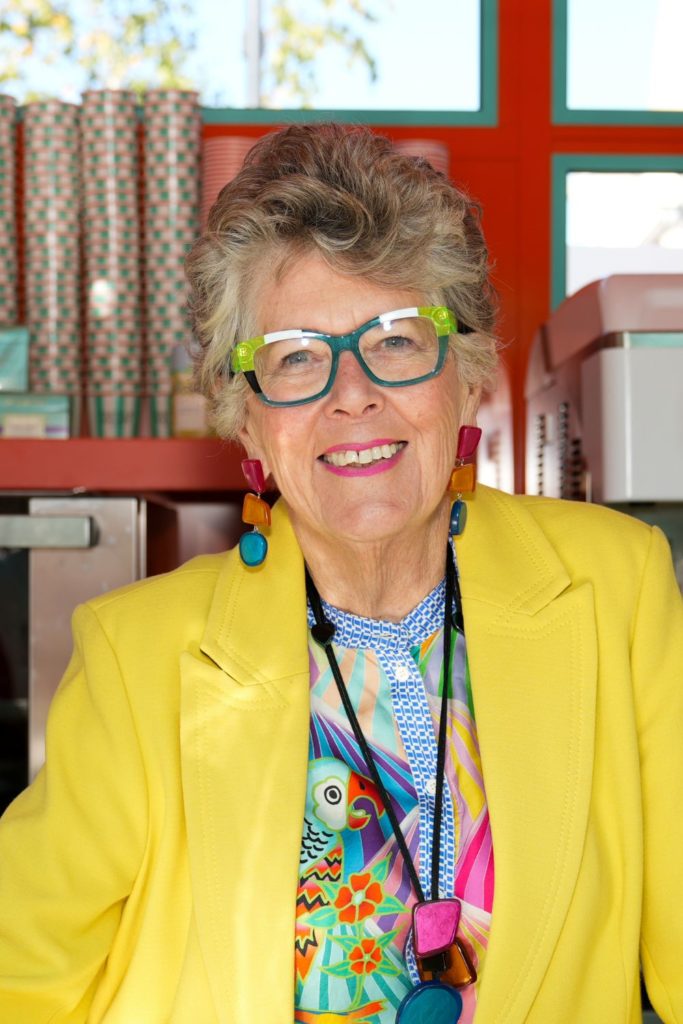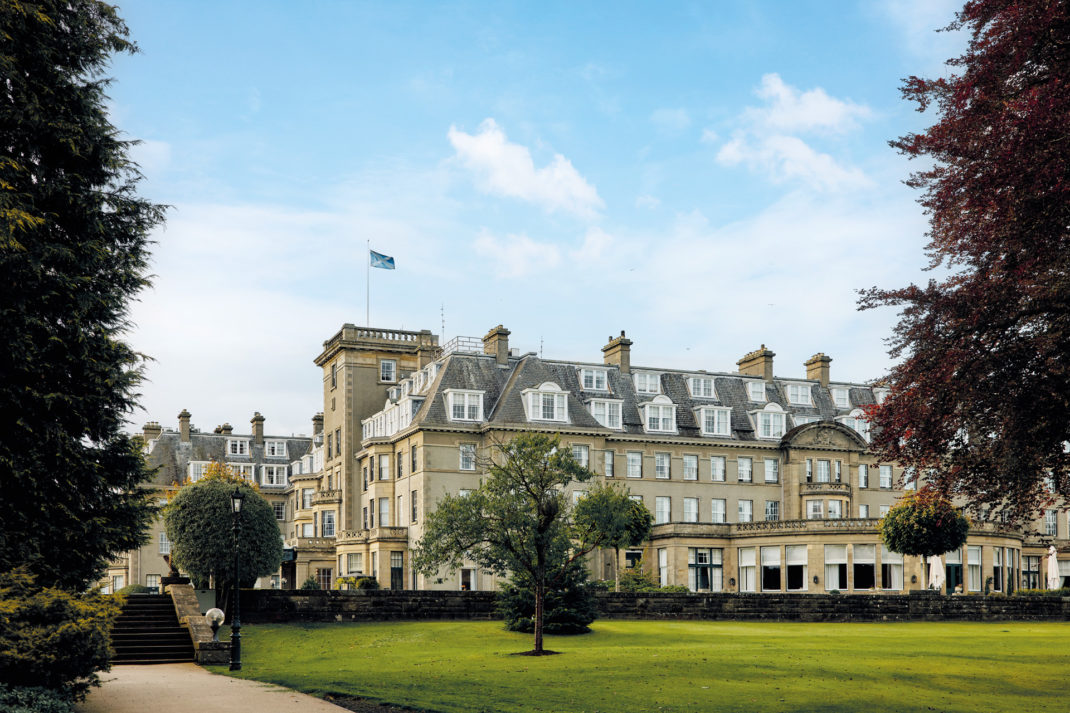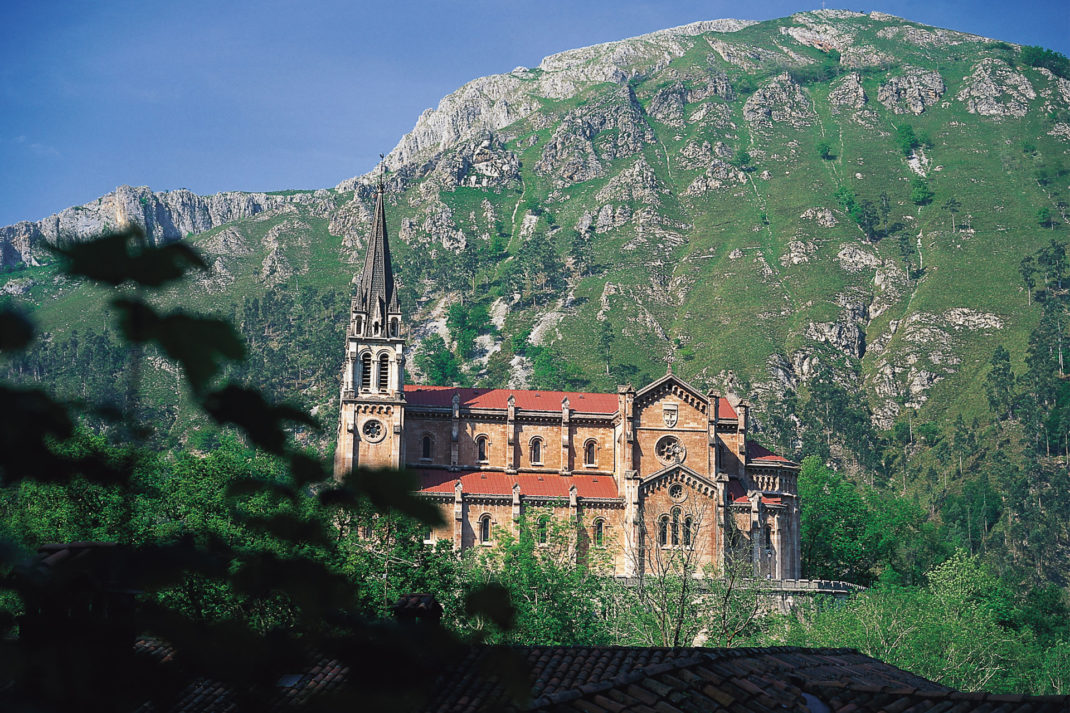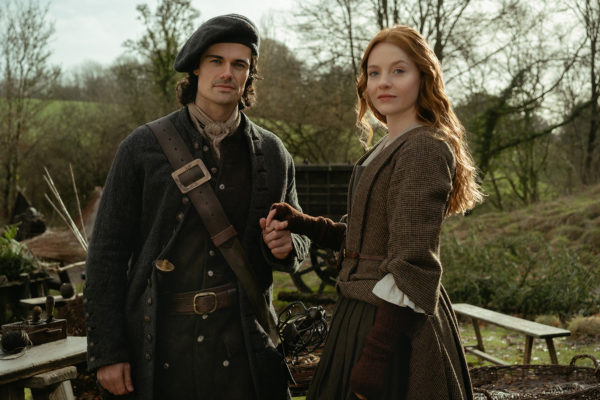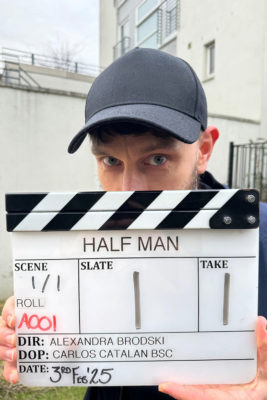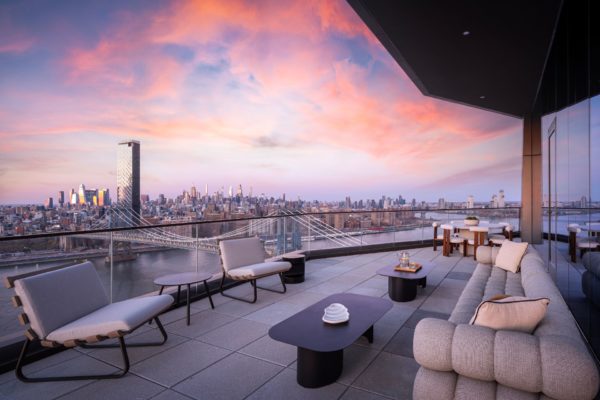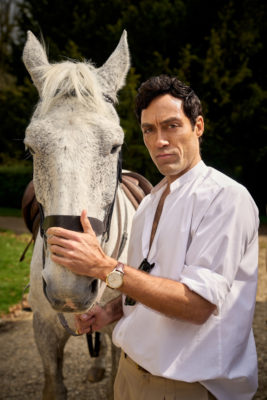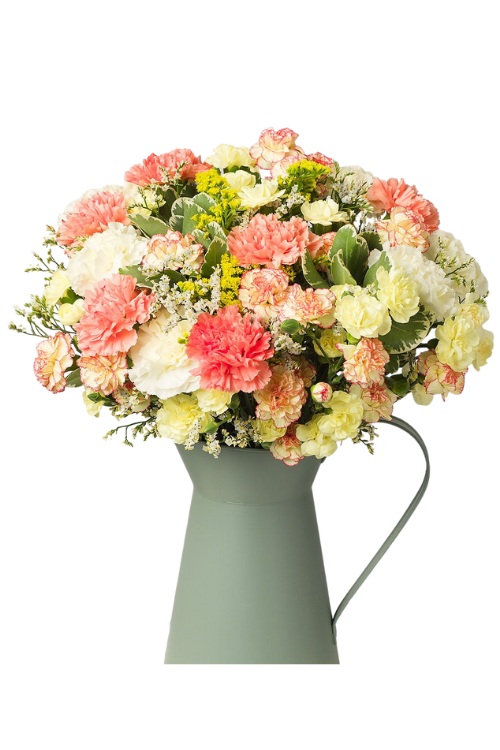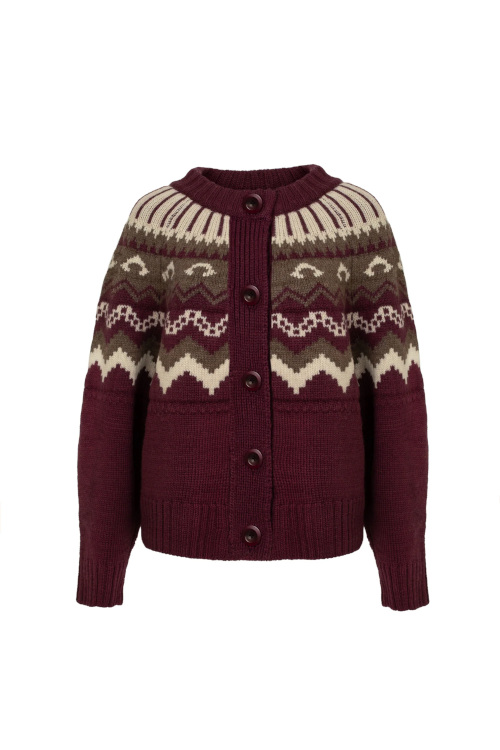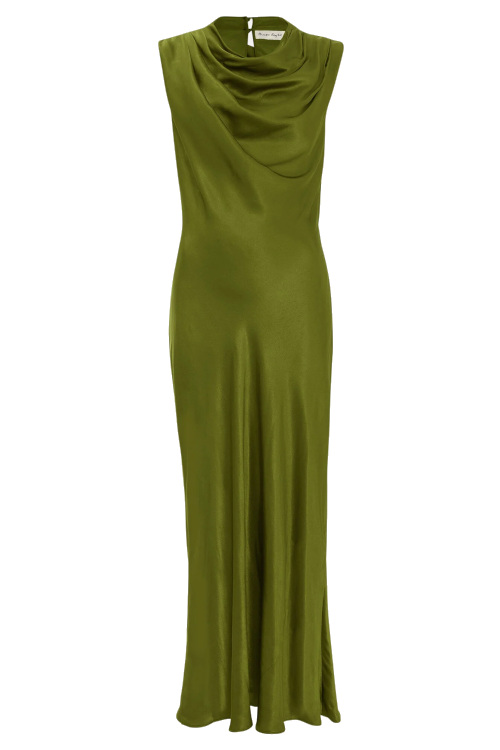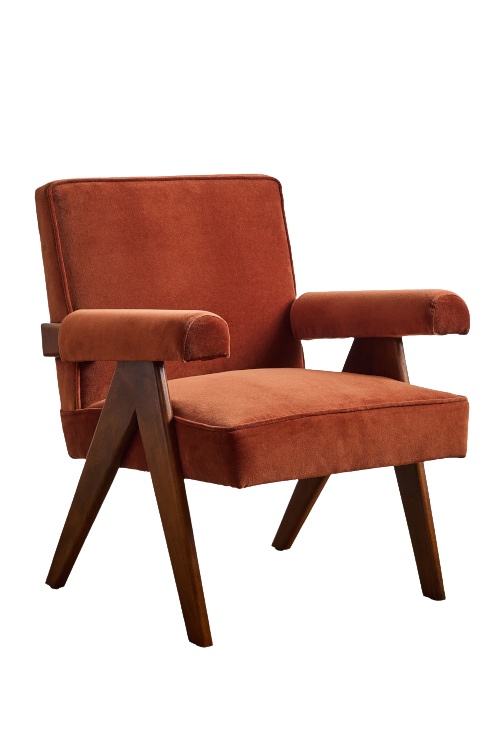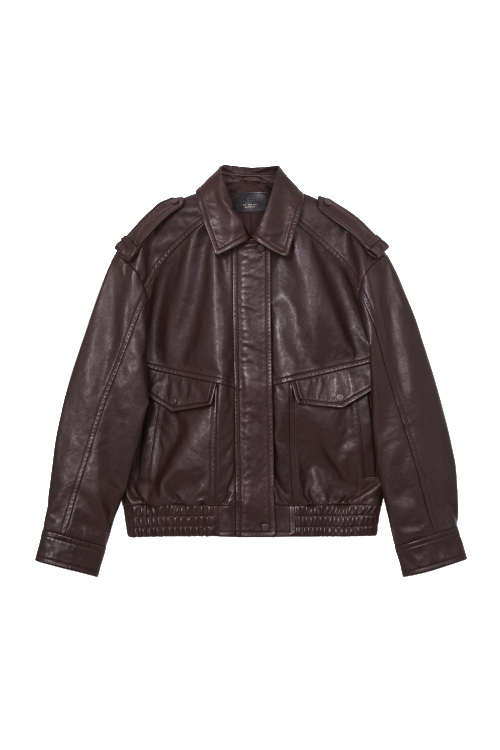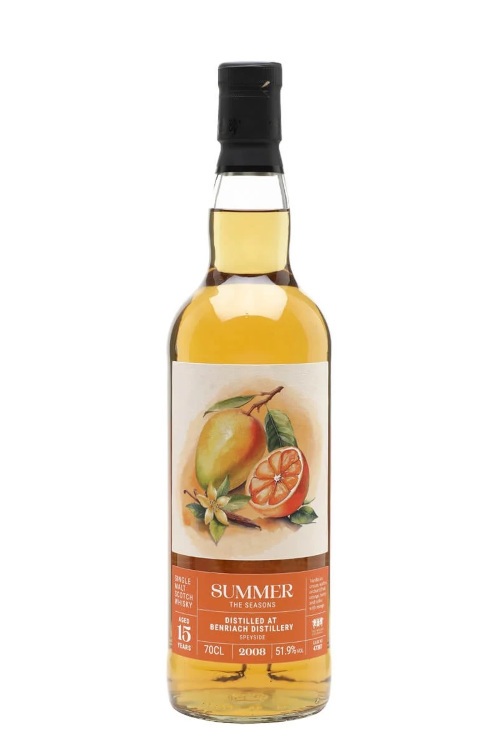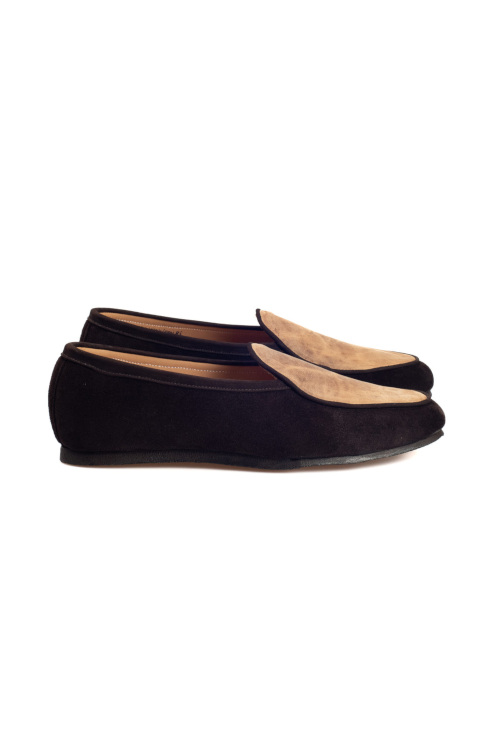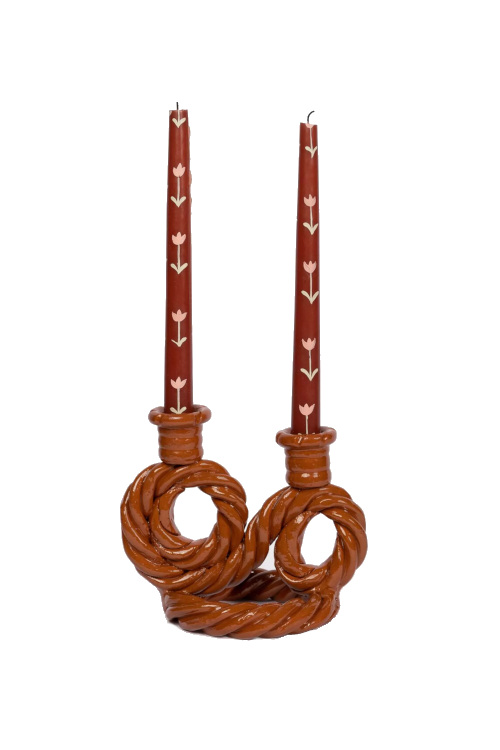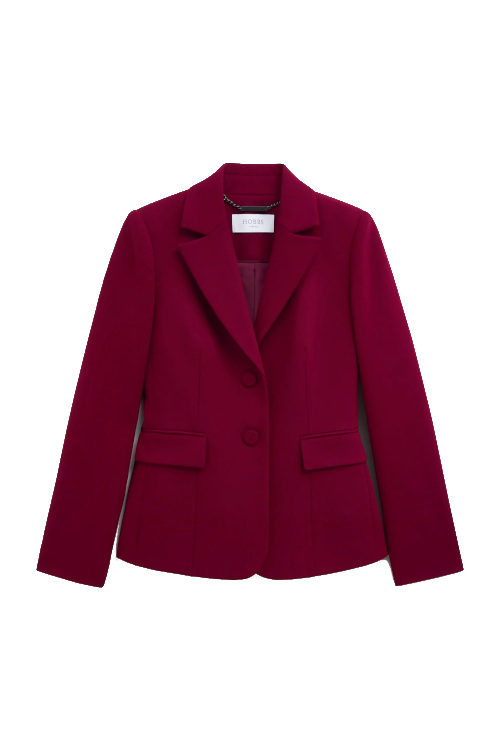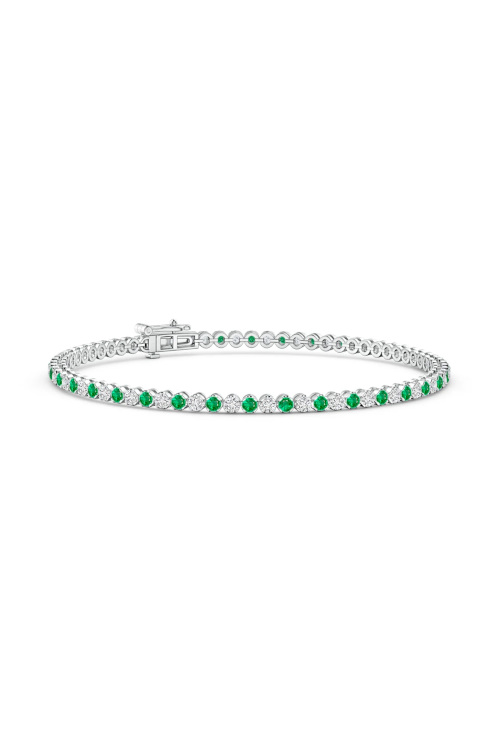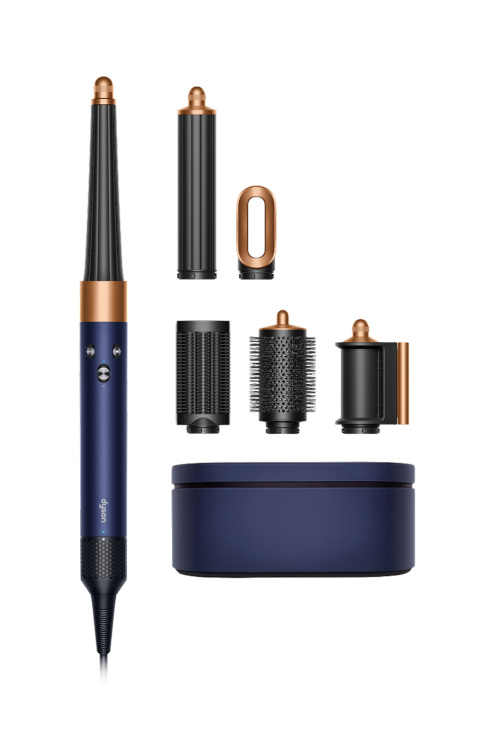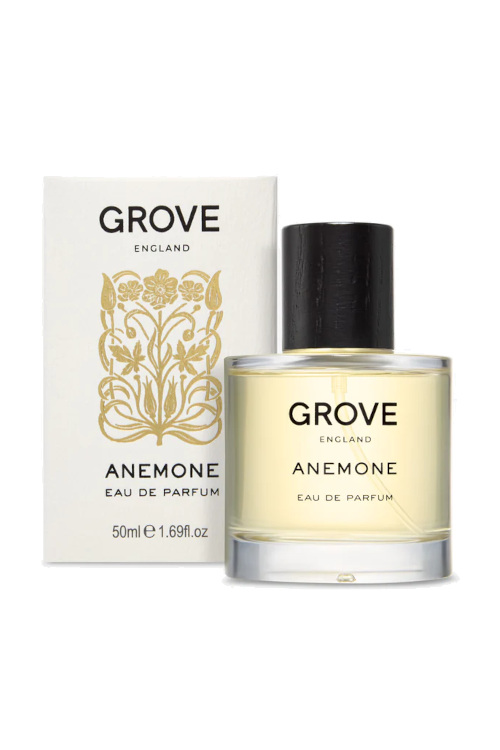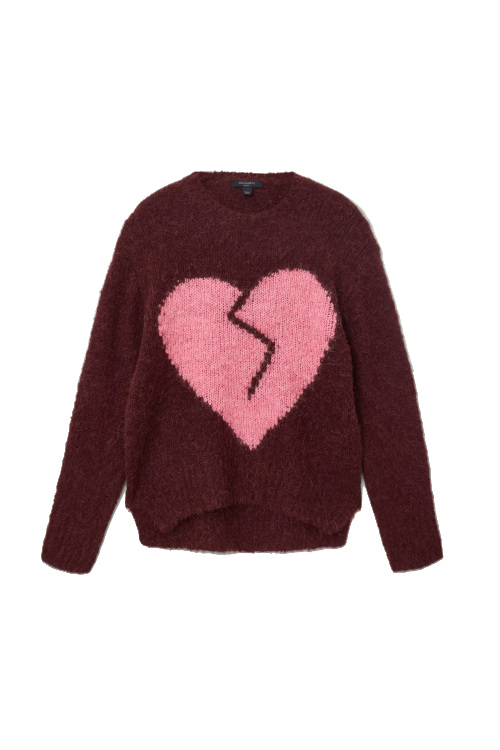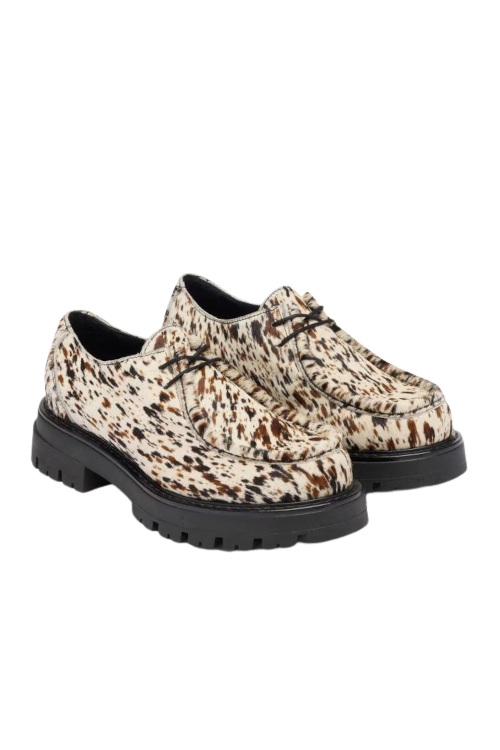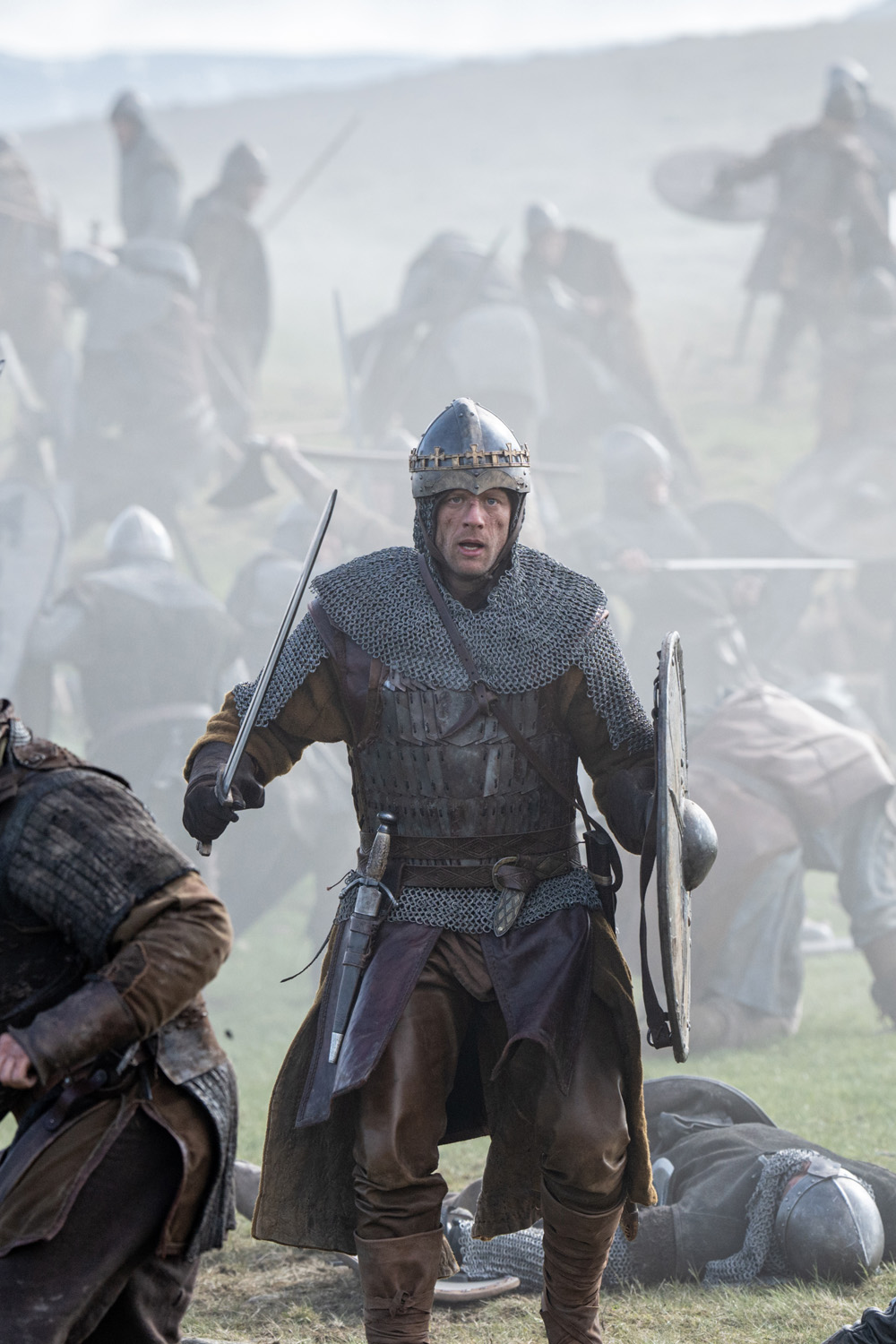
Here’s How King & Conqueror Recreated The Battle Of Hastings
By
2 months ago
Delving inside the filming locations of this historic new series
Launching on the BBC this bank holiday weekend is King & Conqueror – which we are hoping will fill the Game of Thrones shaped hole in our hearts (or at least tide us over until House of the Dragon season 3 launches). One half of our leading duo is Thrones star Nikolaj Coster-Waldau, who was catapulted to global fame by the HBO epic in 2011. He’s the titular conqueror in King & Conqueror – William the Conqueror to be precise. As for the king, that’s James Norton who stars as Harold Godwinson, the last crowned king of Anglo-Saxon England.
The historic enemies are best known for their clash on British soil in 1066, which changed the course of the future of Europe. But before the fateful Battle of Hastings, Harold and William were allies – friends, even. ‘They were kindred spirits in this new generation of leaders in Europe,’ Norton tells the BBC. ‘The fact that they fought alongside each other, brothers in arms, in Normandy, gives us a lot in terms of how close they had become. Then this was reversed by the time they got to the Battle of Hastings.’
With all episodes landing on BBC iPlayer from 6am on Sunday morning, we are about to see it all play out. But if you are wondering where King & Conqueror was filmed, we have to look further afield…
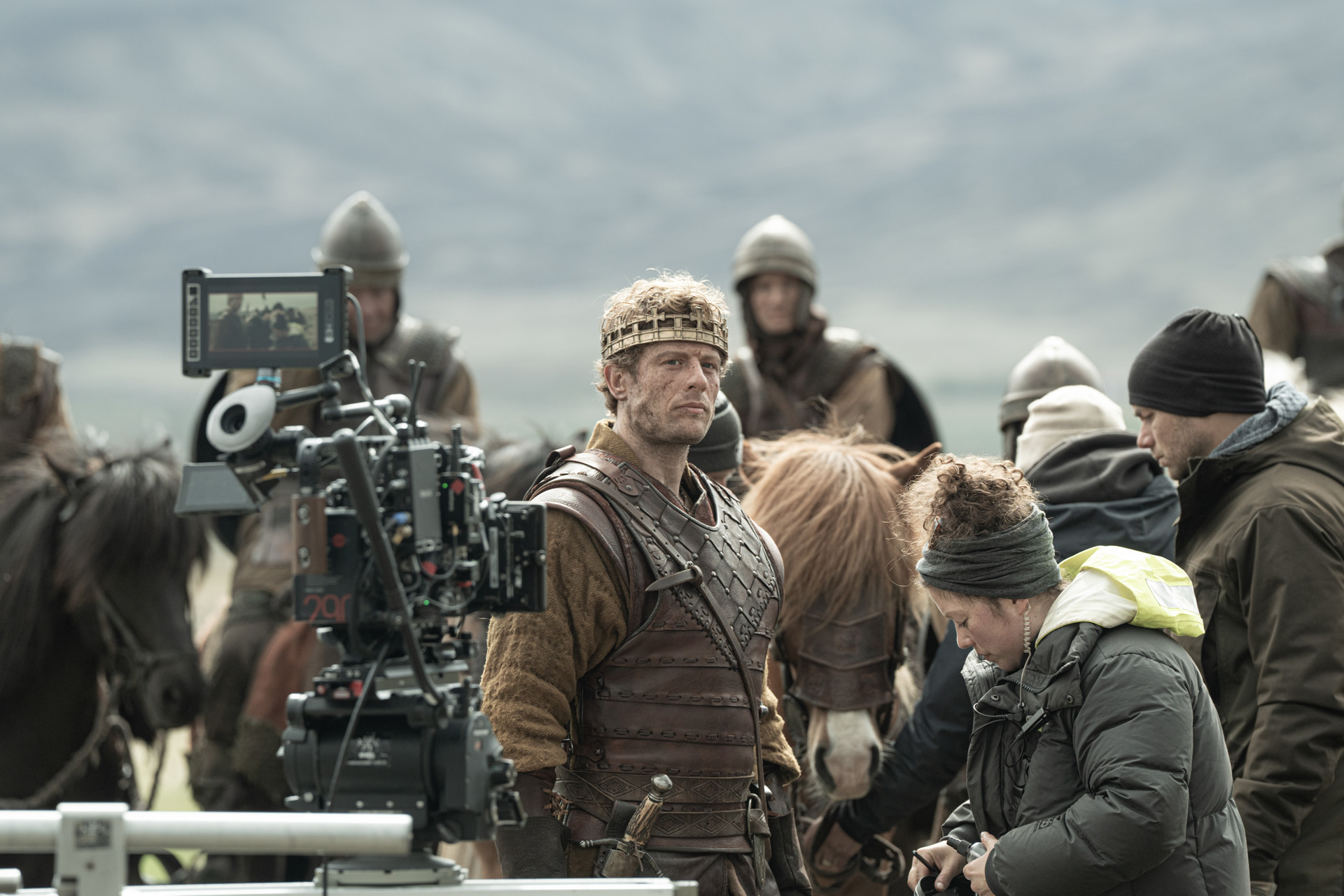
(© BBC/CBS Studios)
Where Was King & Conqueror Filmed?
The Battle of Hastings and the year of 1066 as a whole are vitally important to British history, but King & Conqueror was actually filmed overseas: in Iceland.
With filming taking place from March to July 2024, this Nordic nation has much in common with the British Isles – especially as they were 1,000 years ago. Situated around 850 miles north west of Great Britain, just south of the Arctic Circle, despite the name Iceland is much warmer than we would expect a nation at its latitude to be thanks to the same meteorological phenomenon that warms the UK: the Gulf Stream. Unlike the UK, however, Iceland never experienced quite the same level of population boom, with just under 400,000 people calling the island home compared to the UK’s almost 70 million residents. The result is large swathes of undeveloped, uninhabited, grassy land – the perfect twin for Britain during the Norman conquest.
According to the Daily Mail, productions can claim 35 percent in tax rebates if they shoot in Iceland thanks to the country’s film commission – another reason King & Conqueror might have been shot here instead of the UK. As well as England, King & Conqueror is set in Normandy, Flanders and Norway, but all filming took place in Iceland.
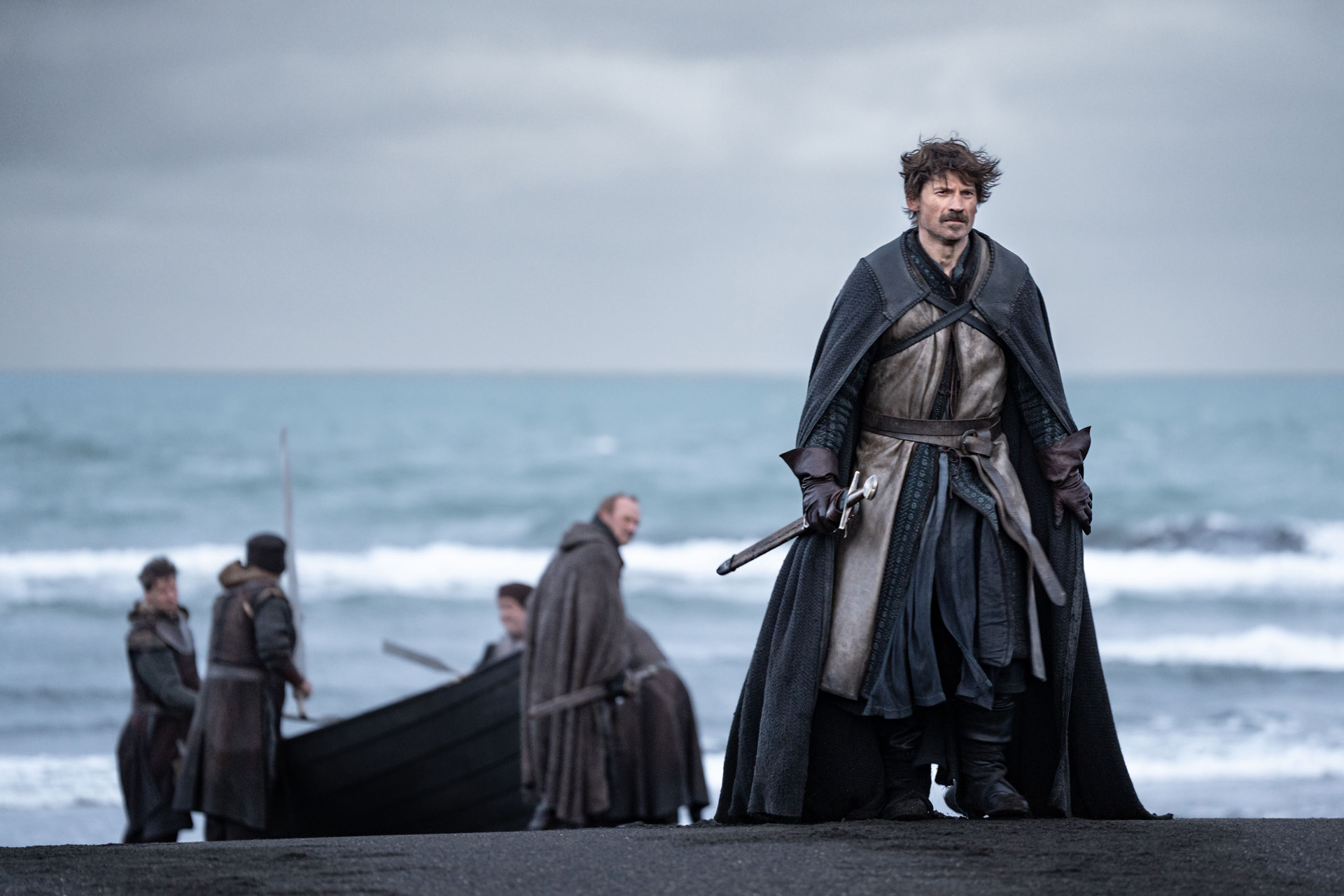
William, Duke of Normandy (NIKOLAJ COSTER-WALDAU) in King & Conqueror. (© BBC/Rabbit Track Pictures/RVK Studios/The Development Company/Shepherd Content/CBS Studios/Lilja Jóns)
King & Conqueror’s Iceland
One filming location example is Heiðmörk, a 3,200 hectare conservation area around six miles from Iceland’s capital city, Reykjavík. Here King & Conqueror’s production team RVK Studios (helmed by Icelandic actor and director Baltasar Kormákur) constructed a small village on a gravel plain by campsite Hjallaflatir, while the historic Battle of Hastings was filmed on the region’s grassy fields, utilising 180 extras fighting and between 50 and 70 horses, according to the Icelandic publication RÚV.
‘This is one of the most extensive things that has been done here [in Iceland], and is very complex because [King & Conqueror] takes place in the Middle Ages, in Britain for the most part,’ Kormákur told RÚV. ‘So there will be a very complex operation here and I think this is the second biggest budget after True Detective that has been shot here.
‘A project like this, it’s not one person who does it,’ Kormákur added. ‘It takes a whole village to raise this child.’ As well as producing the series, Kormákur directed the first episode. Episode five meanwhile was directed by Coster-Waldau, the star’s first time behind the camera which he describes as ‘the time of my life’.
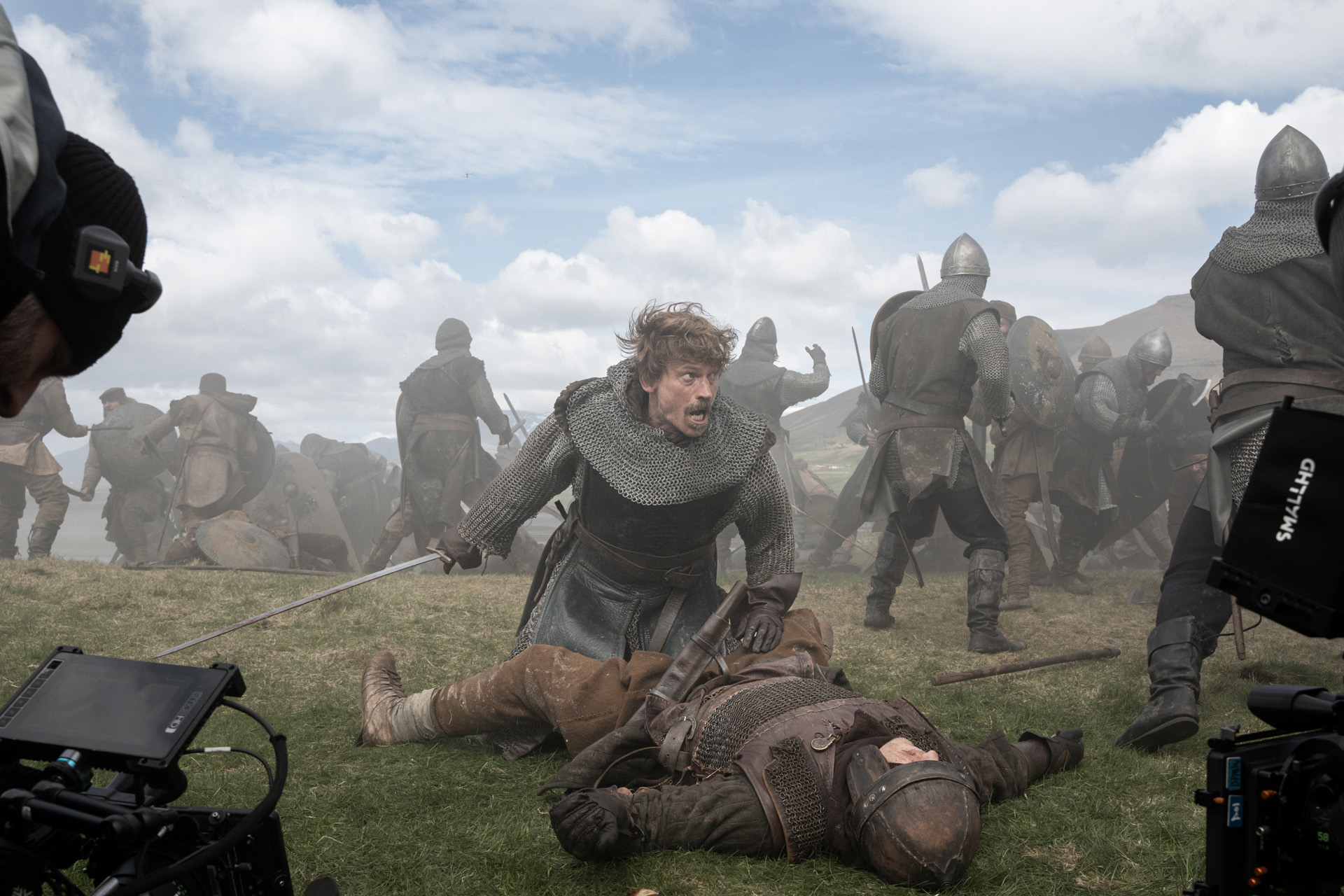
Nikolaj Coster-Waldau also directed the fifth episode of King & Conqueror. (© BBC/CBS Studios)
‘I’ve been doing this in front of the camera for 30 years,’ Coster-Waldau told the BBC. ‘And then you realise you do pick up some stuff on the way. It’s been very gratifying to work with actors in that way and realise that you can help because you share a language. As a first time director, I was embraced by both the crew and the actors with such encouragement and graciousness.’
Opposite Coster-Waldau is Clémence Poésy, who plays his on-screen wife Matilda. Reflecting on working together, Poésy describes Coster-Waldau as ‘generous and caring – everything you want from an actor you’re working with’.
When Coster-Waldau took the directing reins, Poésy says ‘it was even better because he was so excited. It’s nice when someone’s like, “oh, let’s make this thing together!” There was nothing blasé about it. We all enjoyed having him tell us what to do!
‘But by the end of episode five I was like, “are you okay?”, because he’d been putting a lot of work into the directing of it all, and then he’d be doing this huge fight sequence which they’d rehearsed a lot,’ Poésy continues. ‘It’s a lot, and shooting that in Iceland half naked in the mud…! But he was very happy while doing it, or he looked like he was!’
Norton adds the cast ‘loved being directed by [Coster-Waldau], because it was both well prepared and specific,’ adding the star is a ‘real powerhouse in the industry’. ‘When you have an actor directing there’s a certain empathy that comes through,’ Norton adds.

Clémence Poésy stars as Coster-Waldau’s on-screen wife Matilda. (© BBC/CBS Studios)
Free Time In Iceland
Because of the nature of the series – being split into Norman and Saxon camps – fortunately the stars had time to rest, recover and explore the unique nature Iceland has to offer. ‘Without being in any way exclusive, there were little tribes which kind of emerged,’ Norton says. ‘We became a little family, and that has kind of continued to exist – we’ve had little Godwin family dinners.
‘I always think that to do our job well, a lot of it is about the connections that you make off camera,’ Norton continues. ‘There was just a lot of giggling; we just could not stop occasionally misbehaving! The reality of our friendships then became the reality of our dynamic, where art meets life and vice versa.’
Norton adds the amount of free time allowed for Icelandic daytrips. ‘Emily [Beecham], Clare [Holman], Juliet [Stevenson] and I went up to the middle of the mountains and swam in a geothermal river,’ he recalls. Norton and Coster-Waldau also ‘hung out a lot and went jet skiing,’ Norton adds. ‘I remember racing him across the water and thinking “this is very Harold of me!”,’ he says referring to the duo’s boyish competitiveness.
Norton also seized the opportunity to take up cold water swimming. ‘I became a part of this community of cold swimmers in Reykjavik,’ he says. ‘They were hardcore. I became friends with some of them. Wherever you are in Iceland, you’re always near a beach, pond, pool or somewhere to swim, so for me it was a dream.’
Of course, filming in Iceland also comes with its challenges – especially the cool, fickle weather. ‘It was impossible to predict what the weather was going to do and how to prepare for it – one day you’d need thermal pads underneath your armour, and the next you’d be desperate for a fan and cold patches on your neck,’ Norton remembers.
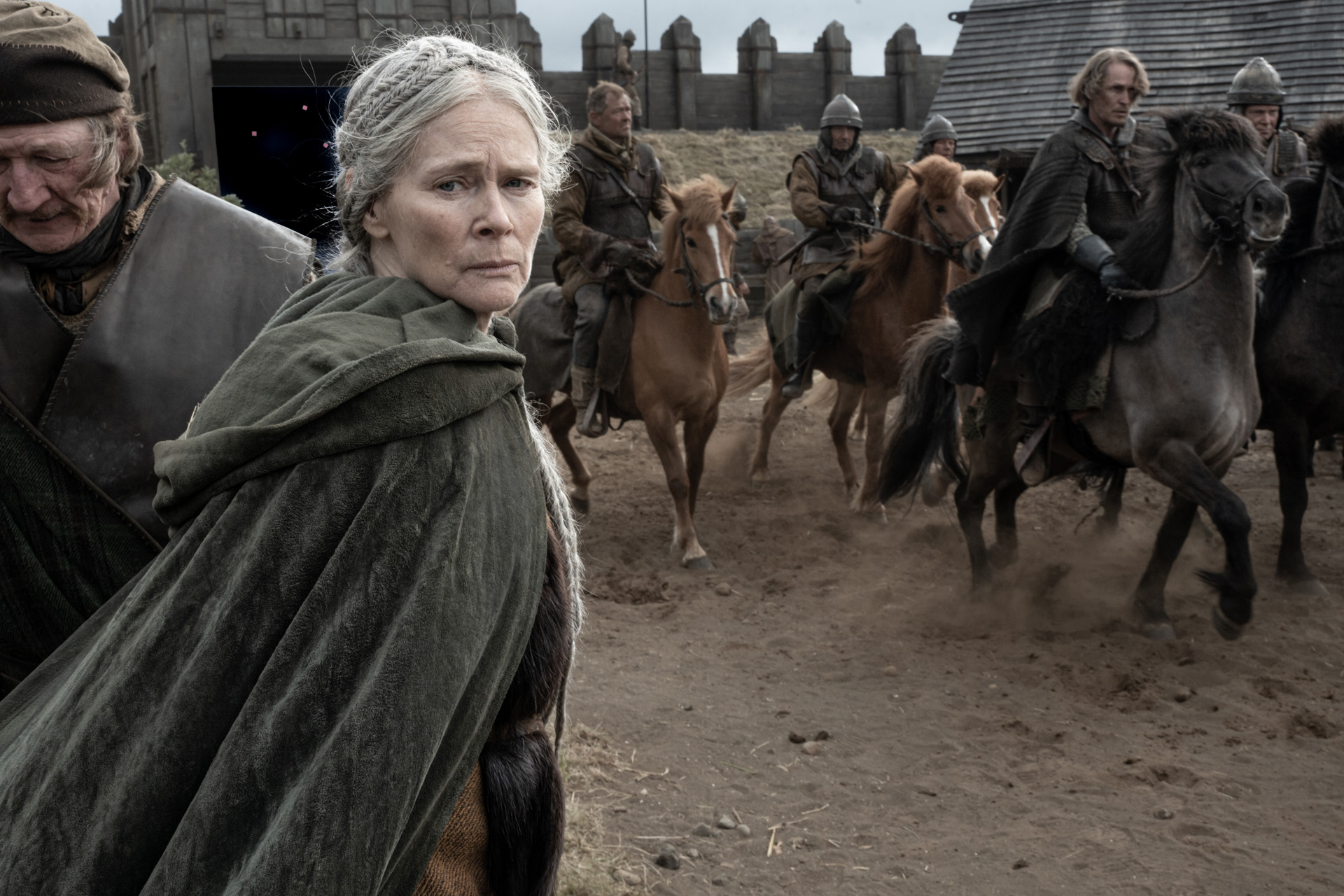
Between 50 and 70 horses were used for the Battle of Hastings scenes. (Gytha (CLARE HOLMAN) © BBC/CBS Studios)
The Battle Of Hastings
Local extras were used for filming King & Conqueror’s large battle sequences, with Kormákur commenting ahead of filming: ‘There will be hundreds of people here with long beards running around and chasing horses and killing each other. So anyone who enjoys that kind of thing will probably be in great demand. They don’t have to play around in some game stuff now. They can take part in real battles.’
The real Battle of Hastings, which is recreated in King & Conqueror, took place on a field to the north west of the East Sussex town Hastings – where the ruins of Hastings Castle, built in 1067 to house William the Conqueror, still overlook the English Channel. Back then the area was wooded but is now home to fields and hedgerows.
Today the historic battlefield itself can be found at Battle Abbey on Senlac Hill; the Saxons started at the top of the hill where the Abbey now stands, while the Normans started at the bottom. The town near Battle Abbey is also called Battle in honour of the clash.
The Abbey itself was built to commemorate William’s win. In fact, before the fight, the first King of England vowed to build a monastery in the event he won – and in 1070 Pope Alexander II ordered the Normans do penance for killing so many people during their conquest.
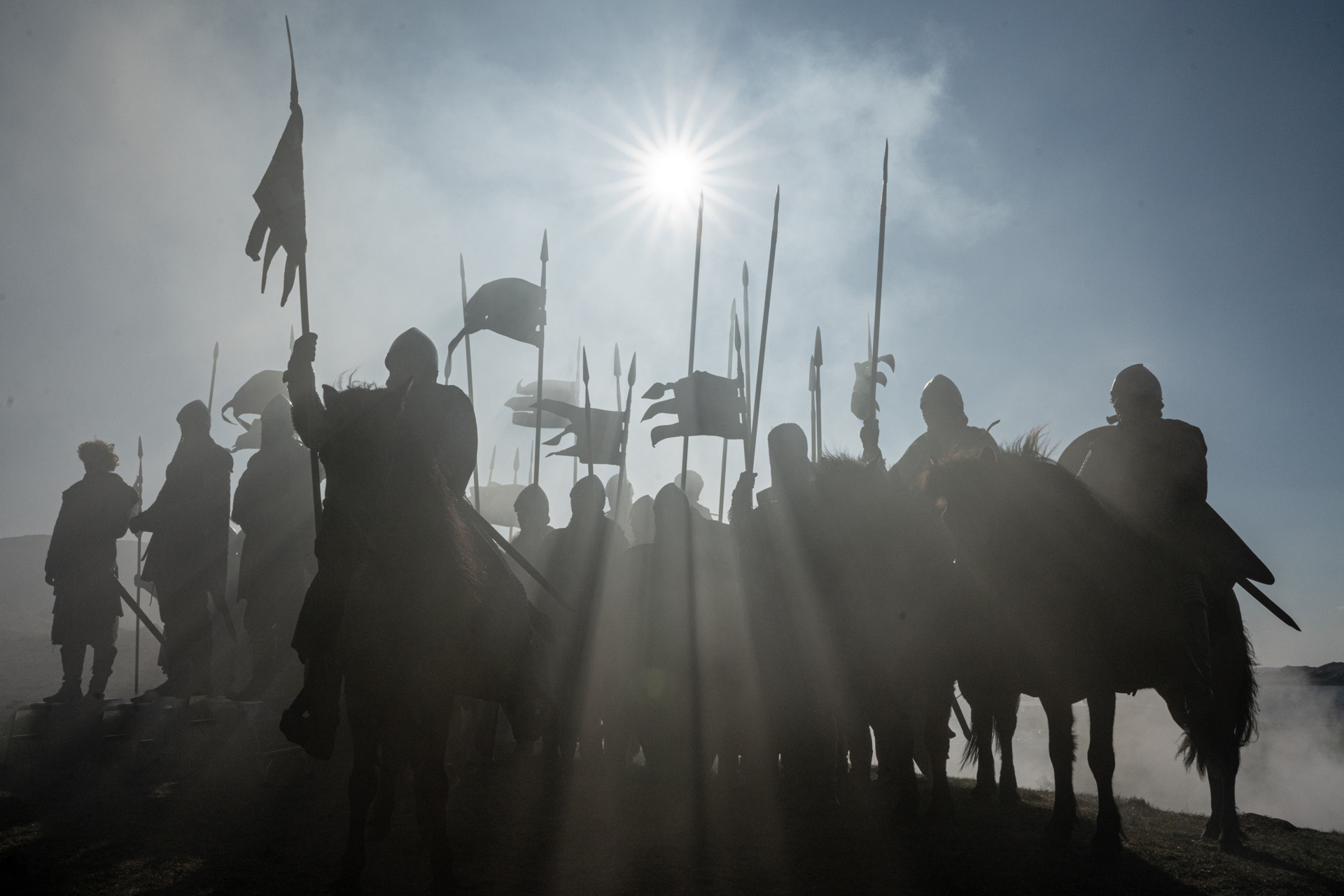
Hundreds of local Icelandic extras were used to shoot The Battle of Hastings. (© BBC/CBS Studios)
The Abbey’s high altar is purportedly where King Harold fell on 14 October 1066, famously killed by an arrow to the eye according to the historic Bayeaux Tapestry, which French president Emmanuel Macron recently offered to loan to the British Museum during his visit to the UK in July. Thought to have been created in England within a few years of the Battle of Hastings, perhaps as a gift to William, the 70 metre long embroidered cloth features 58 scenes detailing the clash and has been in Normandy since at least 1476 when the first known reference to it was made. The Bayeaux Tapestry is expected to go on display at the British Museum from September 2026 to July 2027, marking the first time the artefact has been on British soil for at least 900 years.
King & Conqueror is directly connected to this historic moment, with the cast invited to the British Museum’s celebration of the trade along with President Macron. At the event, Norton says he ‘was very quick to reassure [Macron] that we had told the French story, the Norman story, with as little bias as possible’.
‘There are a lot of stories about William post the Battle of Hastings itself, and how he acted pretty monstrously, but there’s no doubt that he had his own domestic space, his relationship with Matilda and his son,’ Norton says. ‘Nikolaj brought so much complexity to that role, and as a result, I think that the show feels balanced. We didn’t want one hero or one villain, we wanted the audience to be split and we wanted people to sit on the sofa and have someone on Team Harold and someone on Team William.
‘I said to Macron: “I promise you that we have been fair in depicting both sides of the story”, and a lot of that was to do with Nikolaj’s brilliant, sensitive performance,’ Norton says.
Naturally neither Battle Abbey nor Hastings Castle feature in King & Conqueror since neither had actually been built when the action takes place. If you would like to visit anyway, both Hastings Castle and Battle Abbey are open to the public.

King William (NIKOLAJ COSTER-WALDAU) in King & Conqueror. (© BBC/CBS Studios)
WATCH
All eight episodes of King & Conqueror will be available to stream on BBC iPlayer from 6am on Sunday 24 August 2025. The first episode will also air on BBC One that evening.

